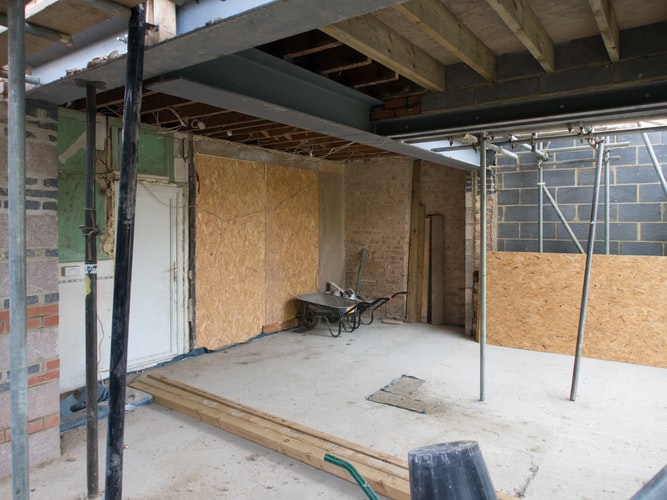In the current day & age, there are mainly three types of basement construction and they include masonry walls, poured concrete and precast panels. Even though the three procedures are very similar to each other and sometimes even interchangeable, a lot of it depends on the structure.
We all know how basements tend to offer a great inexpensive space for carrying out multiple types of activities – be it as an entertainment room, an extra bedroom or a home office room. To help you know more about basements, in this guide, we’ll be elaborating on all the three major types of basement construction that are relevant in today’s market.
The Basics Of A Basement
According to professional basement development contractors, basements can be defined as foundational structures that provide homes as well as other buildings with additional strength while also adding ample storage opportunities. For every structure that’s built, the basement comes first & foremost.
The basement of a building is responsible for carrying its entire weight. That’s why it’s essential to build the basements correctly so that the rest of the building can stay strong & intact for a long time. Moreover, proper drainage systems must be planned out around the basement foundation, so that there’s no chance of soil erosion or basement flooding.
The Different Types Of Basement Construction
- Poured Concrete
This is the most popular choice when it comes to basement construction. The basement is formed by pouring the wet concrete to create the foundation. Once the concrete sets in, walls are created onto the platform and thereby the basement is formed. A basement created via this procedure tends to be strong and will require very few repairs in the later years.
- Precast Panels
Quite similar to the first process, instead the walls of the basement are created at a different site and then those precast walls are transported to the actual site and installed. It’s like taking some LEGO blocks and building your basement. This process is less cumbersome than the previous one and takes less time to be installed. However, any defects in the precast panels should be checked before the installation procedure commences.
- Masonry Walls
This is the least expensive option out of all the three mentioned in this guide. The walls of the basement are made out of CMUs or concrete masonry units, which are also known as cinder blocks. To improve the durability of the basement, concrete and steel rebar are used. The concrete is poured through the middle of the CMUs, allowing the contractor to save a lot of time, effort and materials.
And that wraps up our in-depth guide. We hope you enjoyed our write-up and in case you need any basement construction assistance, simply let us know.


